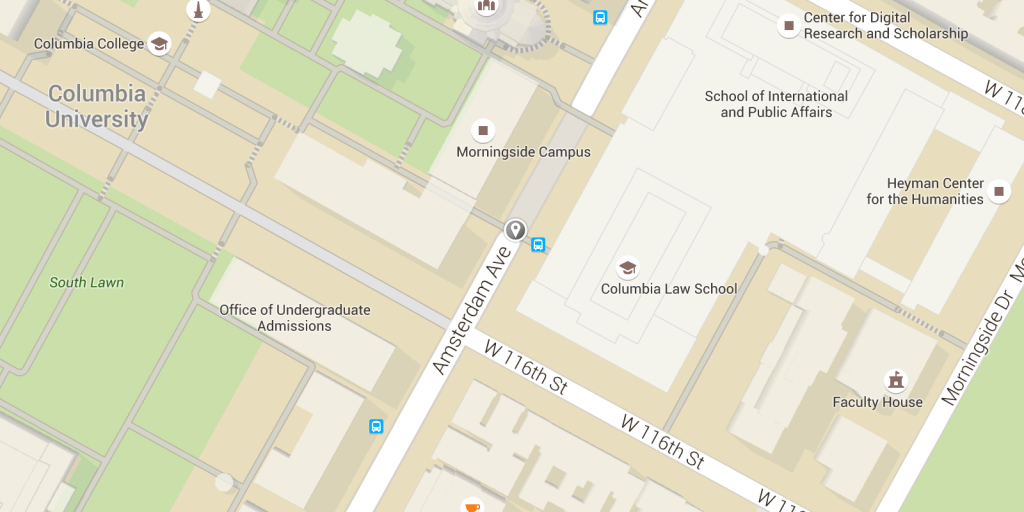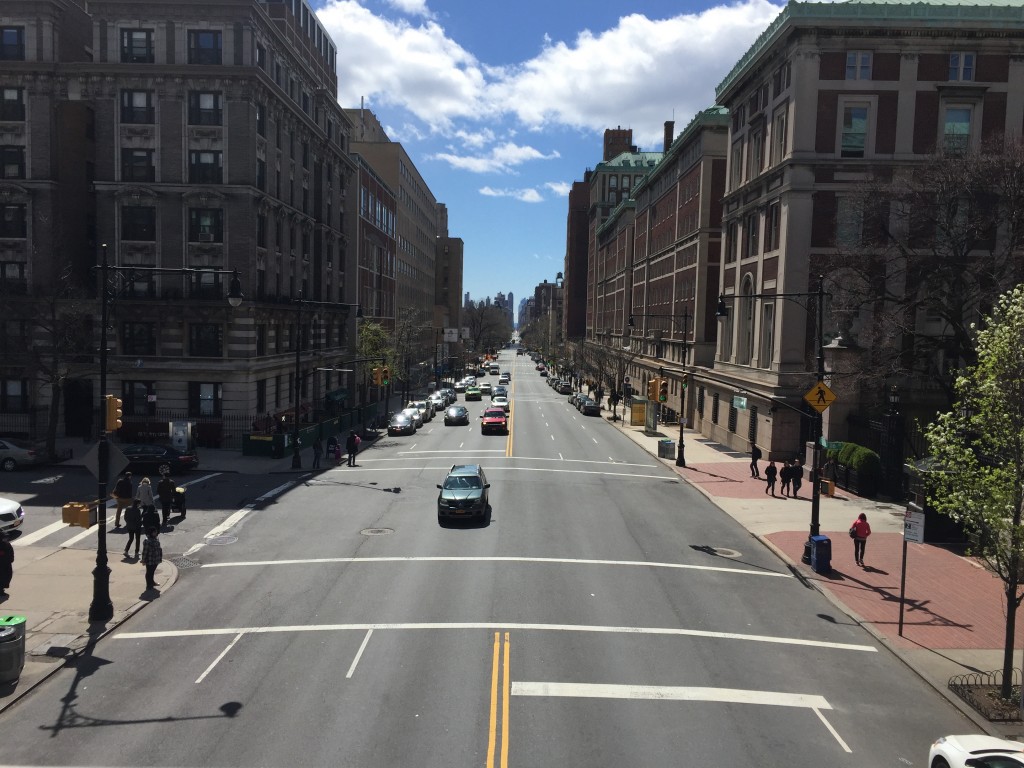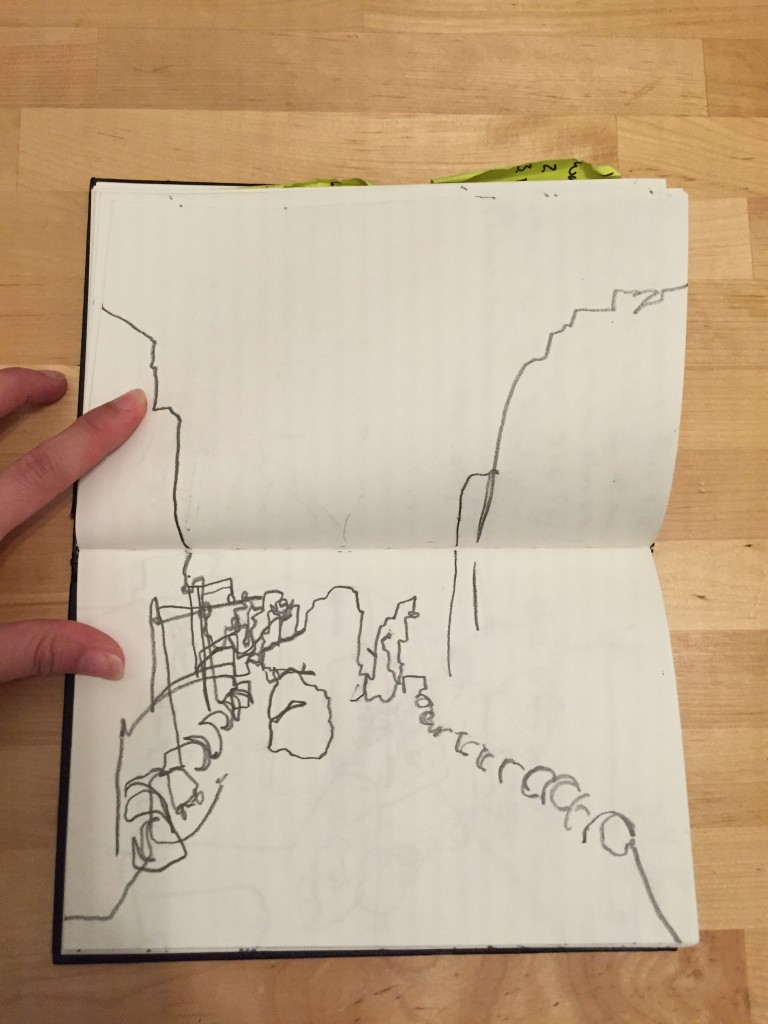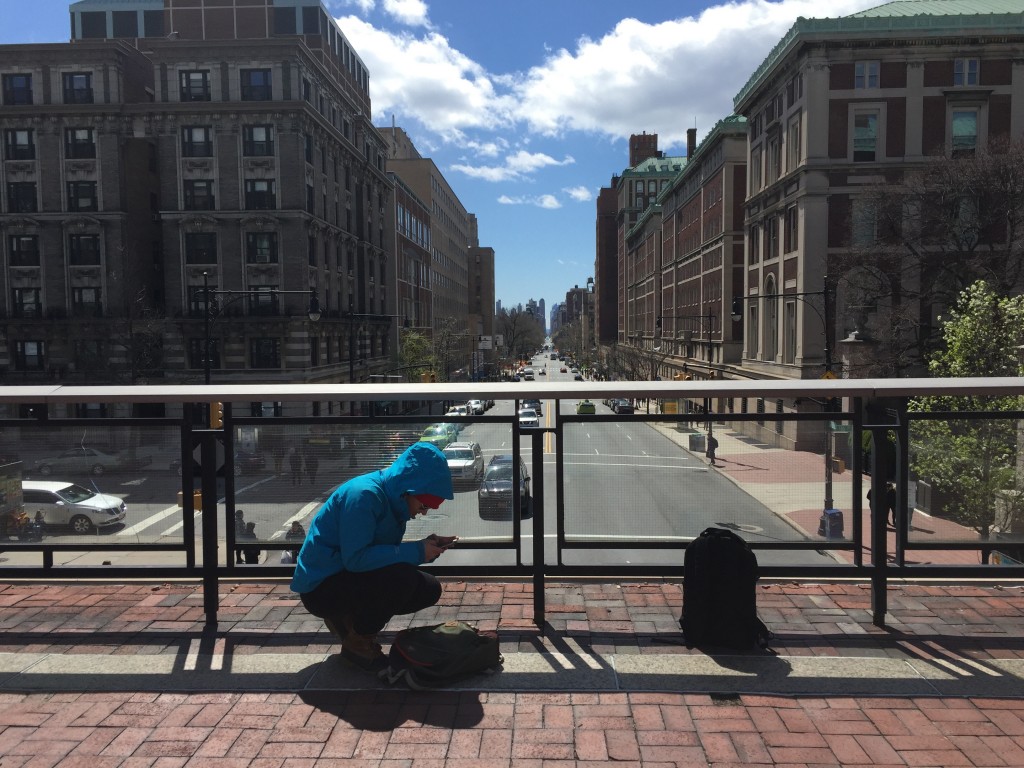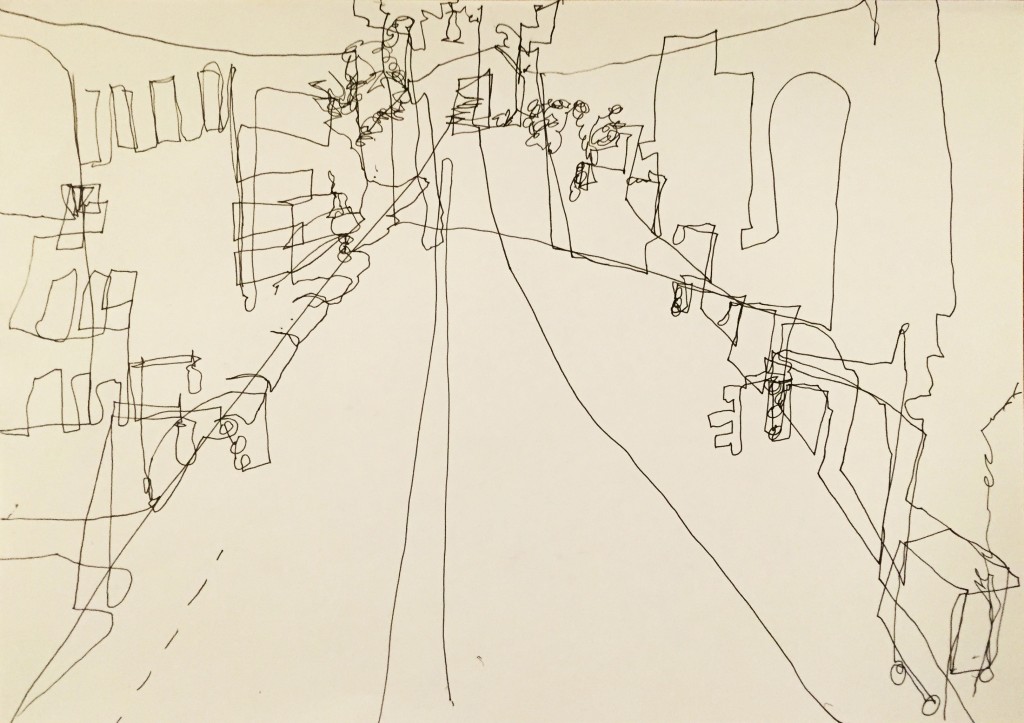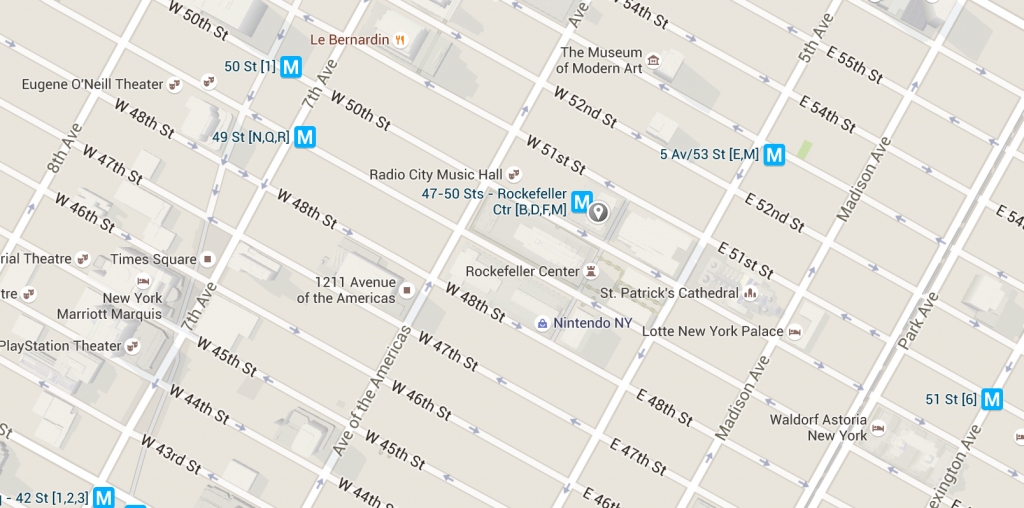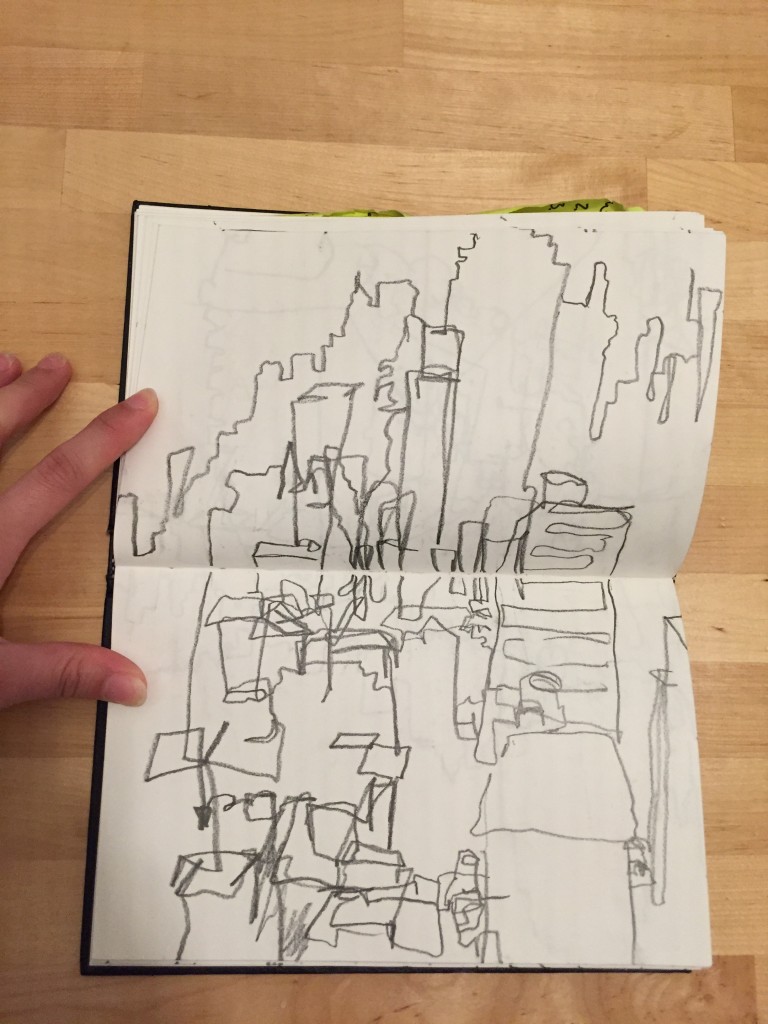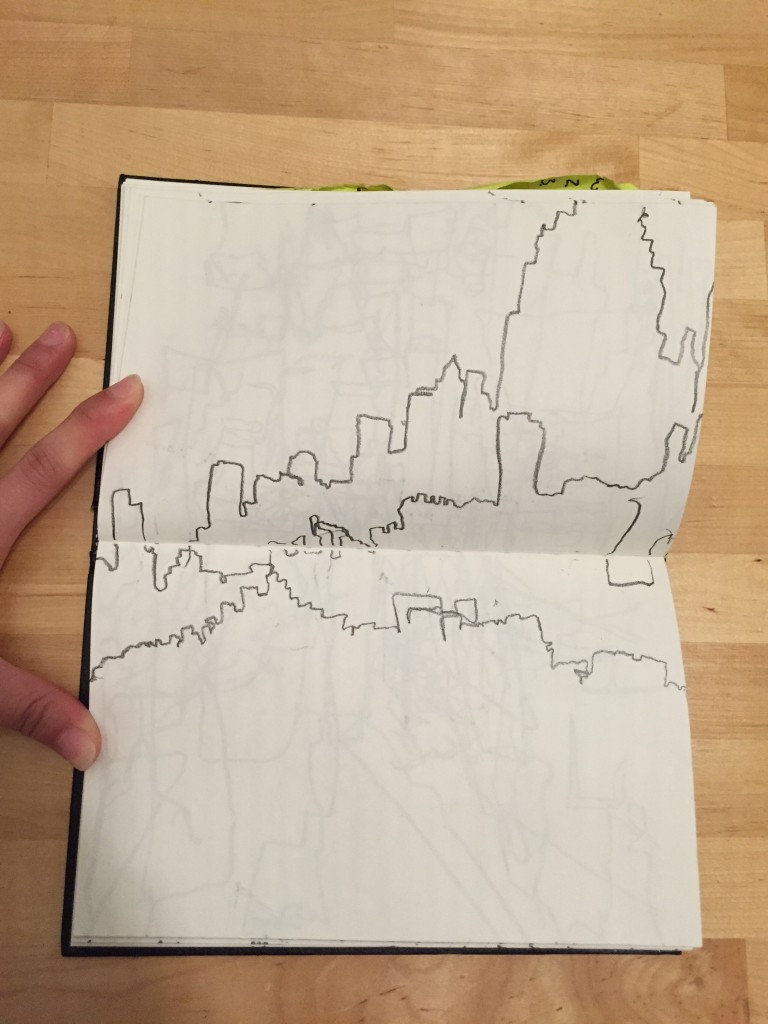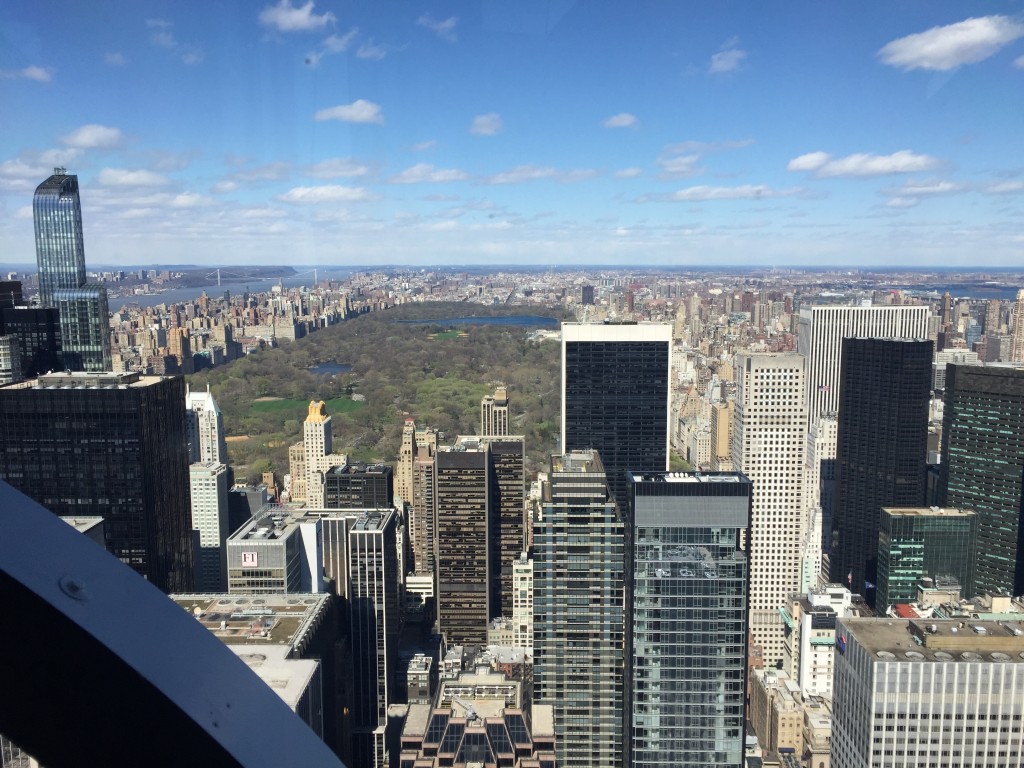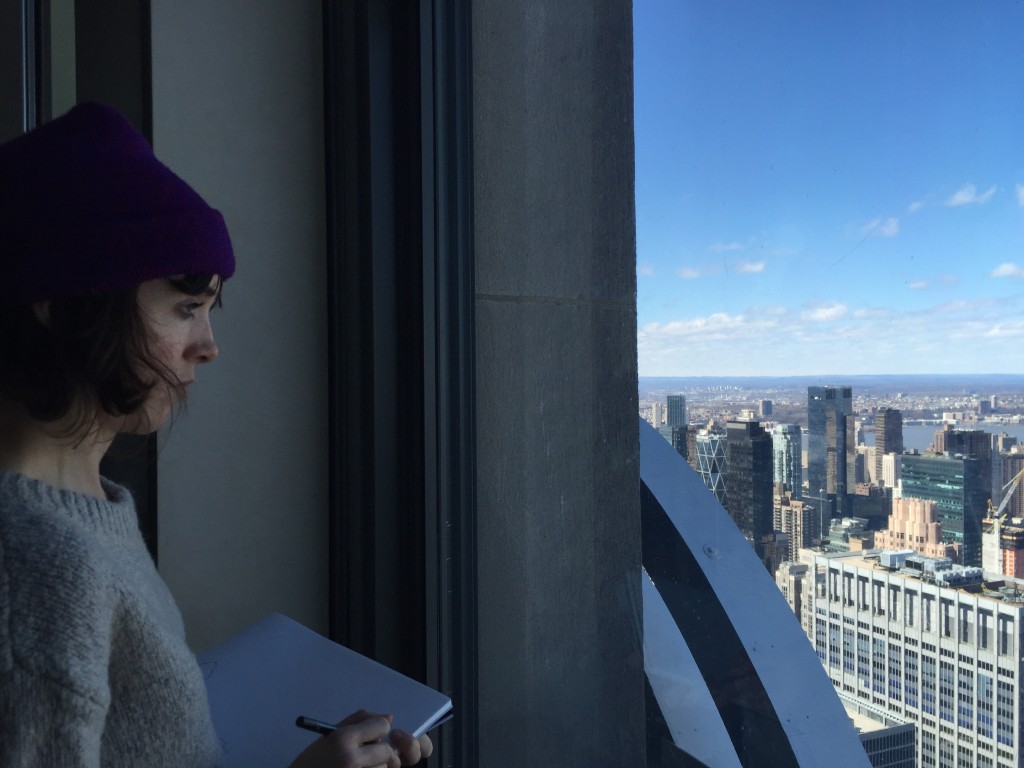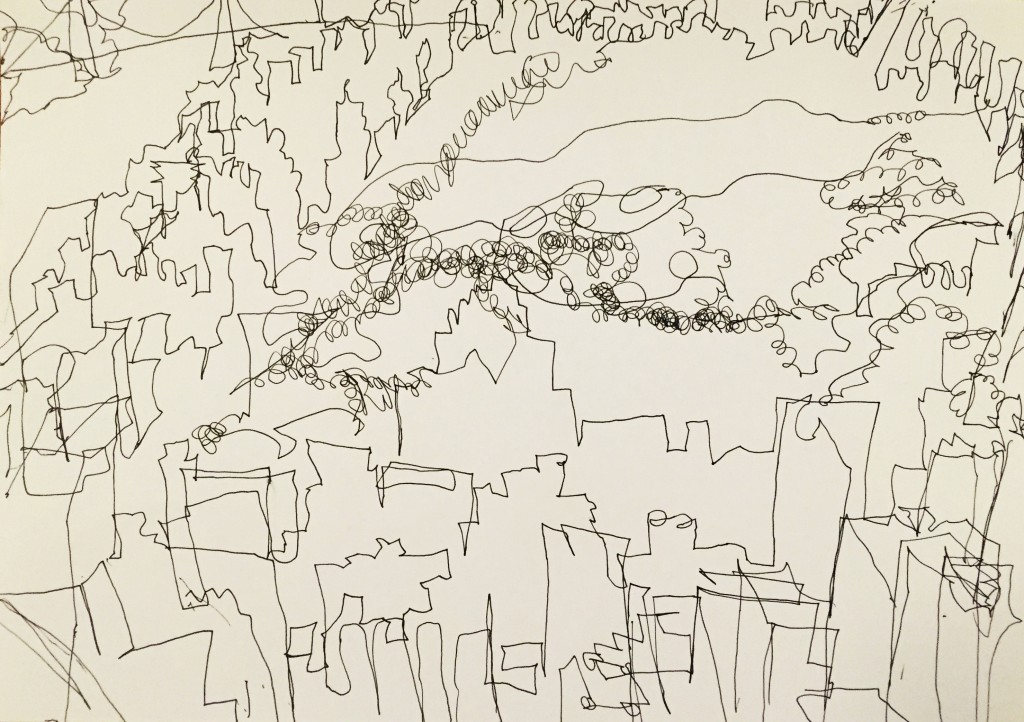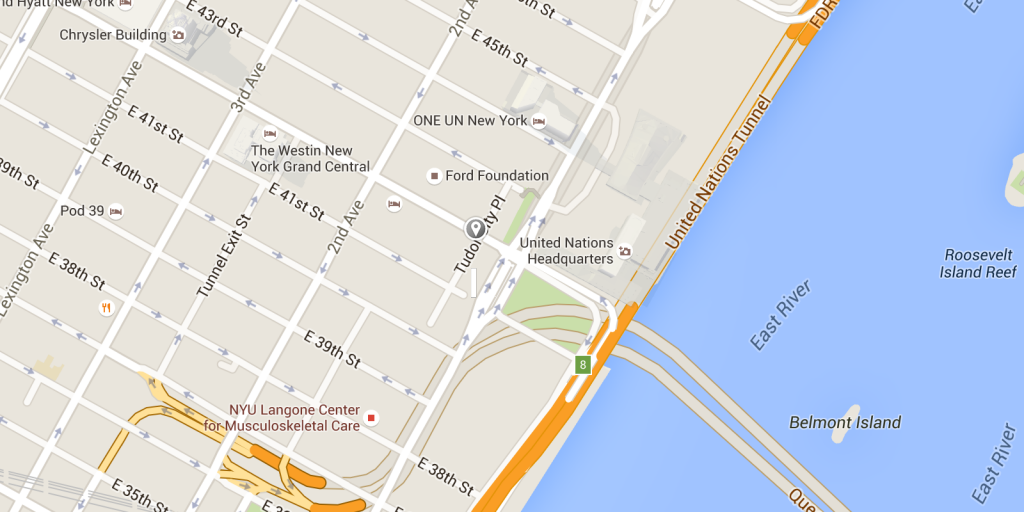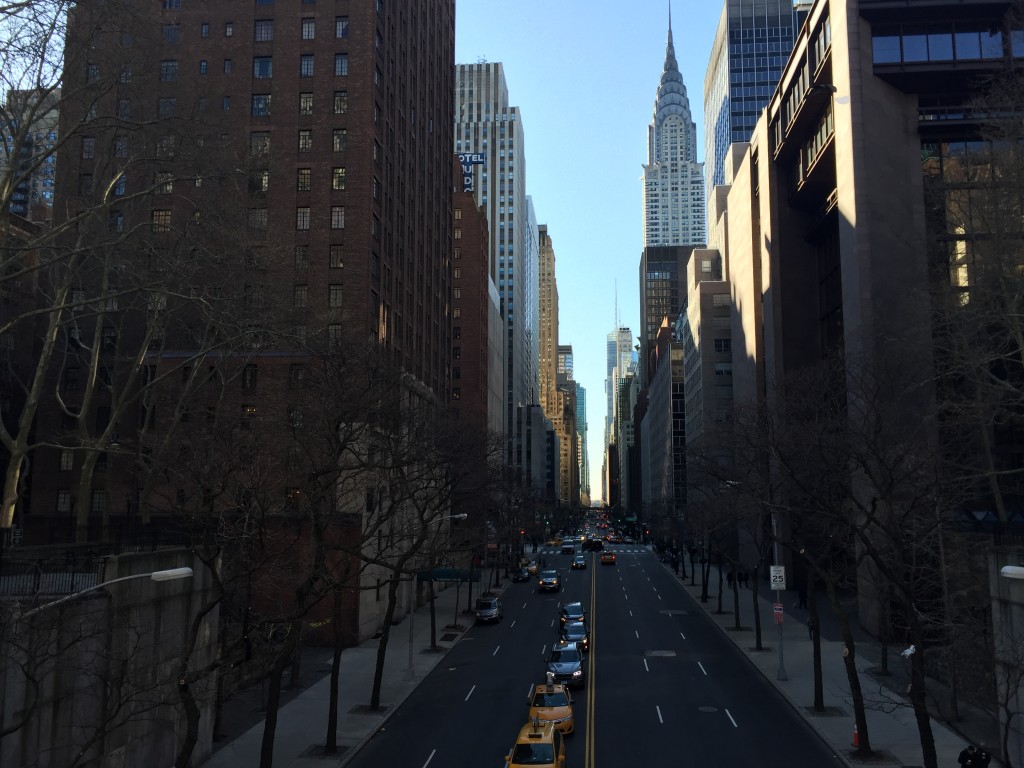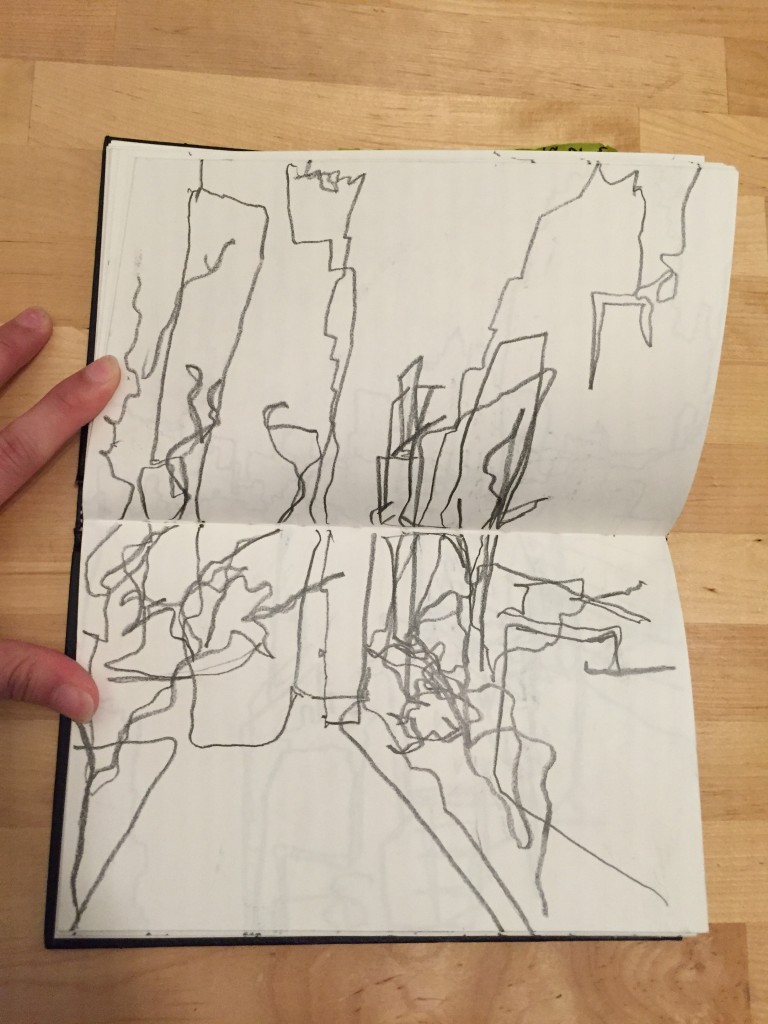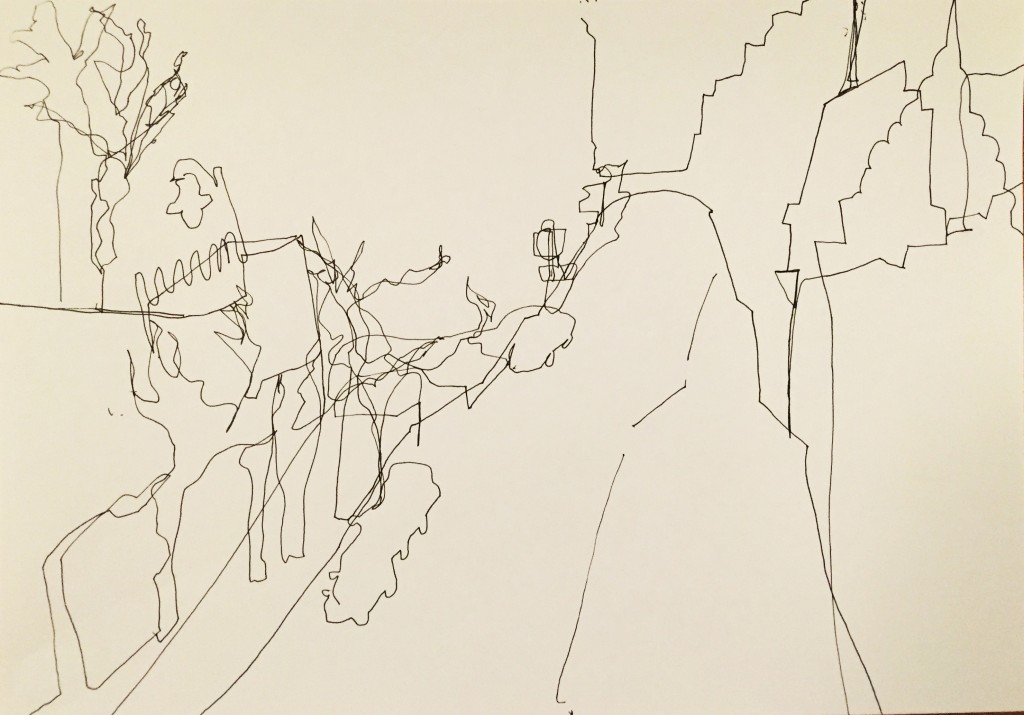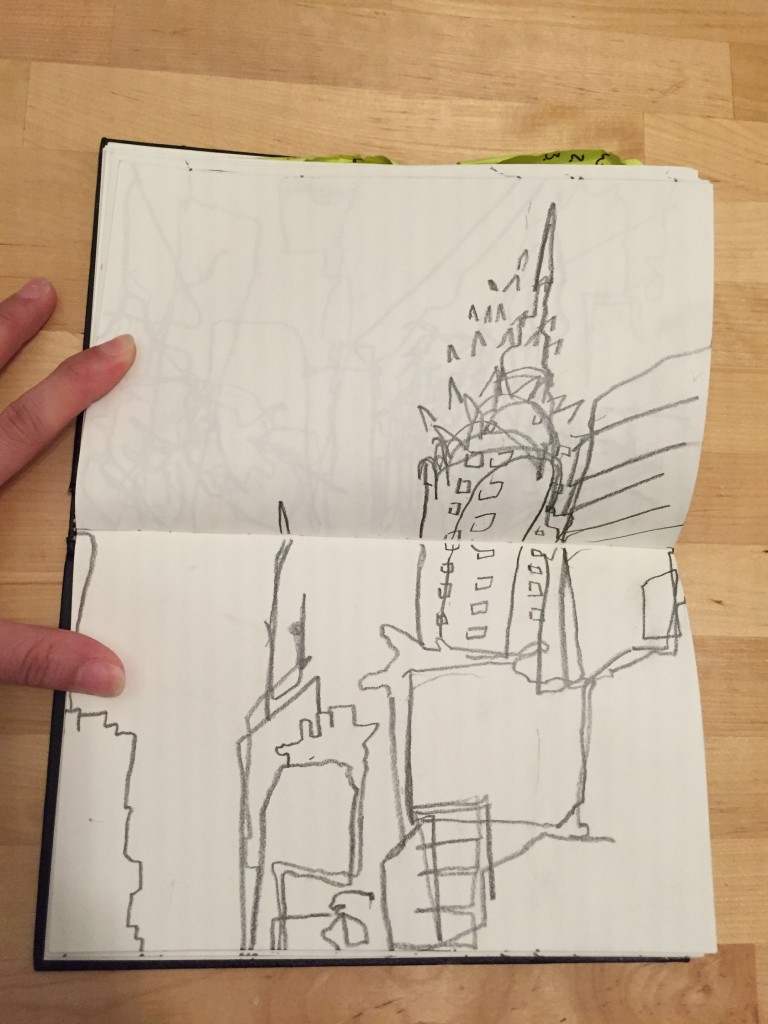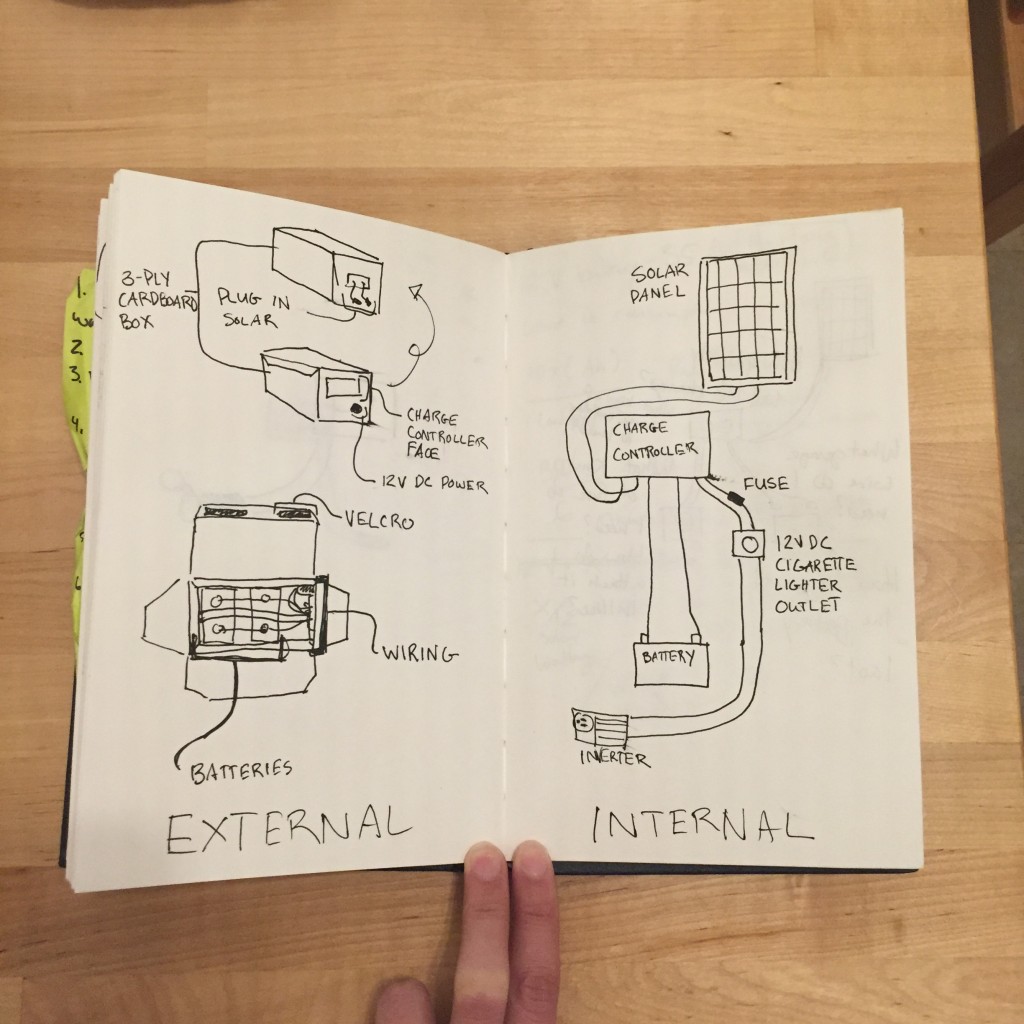 External
External
Case – Custom 3-ply corrugated cardboard box. Cardboard is strong, easy to use, and basically free. It’s something that can be scrounged easily and you only need a box cutter and PVA (Elmer’s) glue to work with it. It can also be sealed with polyurethane or any outdoor paint, if desired.
Solar Plugs – MC4 connectors. Instead of wiring the solar panel directly into the box, we’ll use standard MC4 connectors. Most 100W solar panels are sold with MC4’s attached. Including them complicates the build a little bit, but complies with industry standard.
Inverter – This is external to the box, but necessary. Inverters that would be appropriate for this build can range from $25-$400, depending on type and tolerances. It’s better to educate people about the different kinds of inverters and allow them to buy the one that meets their needs the best rather than recommend one and hard wire it into the system.
Solar Panel – I have a 25W panel for demonstration purposes, but this system can take up to a 200W solar system.
Misc – Velcro to keep the box closed, waterproofing if desired.
Internal
Battery – 2 12V 35Ah sealed Deep Cycle batteries. Wired in series this will produce 70Ah. This should be enough energy storage for running a small mini fridge, or something along the lines of a sleep apnea machine. Of course it is also suitable for phones, laptops, tablets, and other small electronics. Downside, it will be quite heavy. But, there’s no way around that with lead acid batteries.
Charge Controller – This keeps the batteries from damaging the solar panel when they’re full. The particular model also allows you to see how full the batteries are, when their charging, and you can program it with charge timing.
12V Cigarette Car Lighter Port – This is included instead of wiring the inverter into the box directly. Having a port allows more customization. Folks can buy an inverter that meets their needs without changing the project build. Also, allows access to direct DC power if needed.
Fuse & Fuse Holder – This protects the box’s electronics from a surge in the inverter, or whatever is plugged into it.
Misc – 10 Gauge wire for connecting everything up, round terminals for the wires, butt connectors to connect the fuse inline.
Tools
Xacto Knife or Box Cutter
Adjustable Wrench
Brush
Glue
Screwdriver
Crimpers

